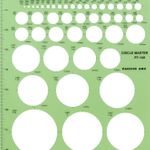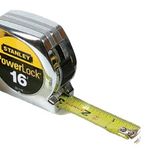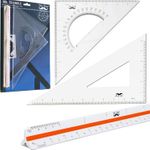Shaping Cabriole Legs – FineWoodworking

As with all designs, creativity and awareness of proportions can lead to interesting and impactful creations. Let’s use the average cabriole for scale and proportion comparison as we explore ways to employ the form as a jumping-off point. Cabriole-style leg design has a post block for joinery, a knee, an ankle, a toe, and a foot as hallmarks of the design. Much of the shape lends itself to a gently sweeping S-curve along the front of the leg. In the traditional cabriole, the back of the leg will have a straighter line from foot to post, or a knee block if using one. The ankle of the leg on average is 2/5 the thickness of the leg blank. I prefer to keep the elements of the cabriole like the knee and feet but to augment the shapes to suit my vision. As a benchmark, the cabriole form has the narrowest part of the leg occurring around two and a half to three times the height of the toe. There are great resources on classical forms and in-depth proportion analyses like those from Steve Brown and Will Neptune. Much of period design is broken down into fifths and is discussed at length in their work. Phil Lowe’s catalog of work is also a great resource on the cabriole process of building.

The best place to begin using the cabriole form is as a guide for ideation. Moody, impactful legs can happen without making the curves too harsh. When you are drawing the design, keep in mind that it is a 2D plane and that when the leg is cut, the visual will compound and be 3D, making the curves more pronounced. Start the ideation process by drawing legs to full scale. When you get to the cutting and building process, the sketches will be transferred to templates and you will be thankful for the full-scale drawing. French curves and drawing bows are helpful in sketching the sweeping curves like the knee and mid-section of the leg. Tracing paper is also another approach in sketching multiple designs that can be laid over the blank or each other for comparison.
Continue to sketch different ideas, taking notice of the impact of subtle changes on the overall form. For example, a rounded toe in a 2-in. height vs. a rounded toe in a 2½-in. height can quickly change the feel of the leg and the visual harmony. One might take the proportions in a different direction and feel unbalanced comparably. I encourage you to play with angularity, volume of curves, and subtle changes to the lines of the leg. Making incremental adjustments by even ⅛ in. can increase the look of volume. Use your sketches to make mockup legs in cheap stock like poplar or even home-store pine and test your ideas. Scale models are also a great visual without using as much material.

Fine Woodworking Recommended Products

Circle Guide
If you like to draw your designs on paper, you’ll find the simple circle guide to be very helpful.

Stanley Powerlock 16-ft. tape measure
With its smooth lock, tough case, compact size, and excellent accuracy, this Stanley tape is perfect for workshop use.

Drafting Tools
Add a hole guide to this kit, and you’ll have the tools you need to work out your designs with scale drawings.
Sign up for eletters today and get the latest techniques and how-to from Fine Woodworking, plus special offers.
